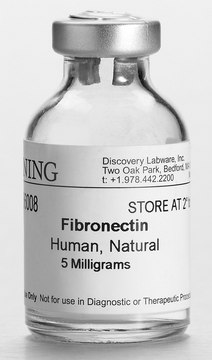SK2P012W6
Prostak™ MF Module
pore size 0.45 μm
Synonym(s):
Prostak™ MF Module 0.45μm 2 stack 0.17 m2
Select a Size
MYR 2,866.00
Select a Size
About This Item
MYR 2,866.00
material
PVDF
silicone gasket
Quality Level
feature
hydrophobic
manufacturer/tradename
Prostak™
parameter
2.1 bar max. transmembrane pressure (30 psi) at 50-80 °C
4.1 bar max. inlet pressure (60 psi) at 50-80 °C
4.1 bar max. transmembrane pressure (60 psi) at 50 °C
5.5 bar max. inlet pressure (80 psi) at 50 °C
dilution
(concentration and clarification)
device size
, 2 stack
filtration area
0.17 m2
membrane nominal area
0.17 m2
matrix
Durapore®
Looking for similar products? Visit Product Comparison Guide
Related Categories
General description
This Prostak™ microfiltration open-channel module features a Pore Size of 0.45 μm and a filtration area of 0.17 m2. SK2P012W6 is available in a 2 stack, making it applicable for bench-top, pilot, and production scale systems.
The modules can be integrity tested and steam sterilized for 20 cycles.
Prostak™ MF modules must be used with a support holder, which controls deflection and provides sanitary fittings for connection to external piping. Sanitary gaskets supplied with the module provide a leak-free connection between the module(s) and the holder.
Application
Prostak™ microfiltration is used for separations where viscosity and suspended solids levels of the feed stream require an open feed channel. They are typically used in perfusion applications or in the clarification/harvest of:
- Mammalian, bacterial and mycelial cell suspensions
- Emulsions and colloidal suspension
- Viruses, proteins and other bio-organic macromolecular solutions
- Polysaccharides and other high viscosity solutions
- Yeast, algae, and other high solids suspensions
- Protein precipitate
- Vaccines
Features and Benefits
Other Notes
Legal Information
Certificates of Analysis (COA)
Search for Certificates of Analysis (COA) by entering the products Lot/Batch Number. Lot and Batch Numbers can be found on a product’s label following the words ‘Lot’ or ‘Batch’.
Already Own This Product?
Find documentation for the products that you have recently purchased in the Document Library.
Customers Also Viewed
Articles
Fibronectin (FN) is a multifunctional, extracellular plasma glycoprotein produced by hepatocytes that circulates at near micromolar concentration and assembles into extracellular matrix fibrils at cell surfaces along with locally produced cellular FN.
Attachment Factors for 3-Dimensional Cell Culture
The extracellular matrix (ECM) is secreted by cells and surrounds them in tissues.
3D cell culture overview. Learn about 2D vs 3D cell culture, advantages of 3D cell culture, and techniques available to develop 3D cell models
Protocols
Dilute fibronectin to the desired concentration. Optimum conditions for attachment are dependent on cell type and application. The typical coating concentration is 1 – 5 ug/cm2.Fibronectin coating protocol, products, and FAQs.
Our team of scientists has experience in all areas of research including Life Science, Material Science, Chemical Synthesis, Chromatography, Analytical and many others.
Contact Technical Service